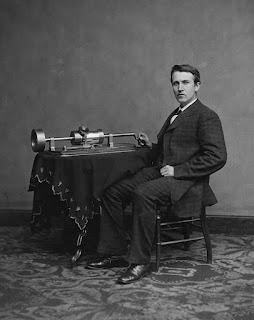The Christmas season is always a grand affair at Staatsburgh! The site has elaborate decorations that evoke the decadence and over-the-top nature of the Gilded Age. Quite often, the holiday decorations are aligned with a theme and in 2022 that theme was masquerade. Masks adorned various Christmas trees and tables throughout the mansion and the strains of Phantom of the Opera's 'Masquerade' could be heard in the dining room (hence the borrowed lyric in the title of this essay.) Masquerade balls evoke a sense of mystery and opulence that was most commonly associated with 16th-century Venice and the Carnival. Since wearing a mask could act as a disguise, there was an element of thrill and intrigue about not knowing the identity of your dance partner. Although masquerade balls fell out of fashion the following century, they became popular again in 18th-century Europe. Given that Gilded Age décor frequently copied 18th-century European tastes and styles, it was only natural that masquerade balls were once again part of entertaining .
 |
| Banquet table in the Dining Room, December 2022 |









